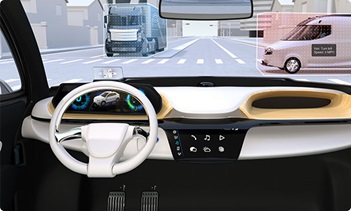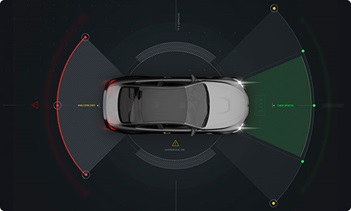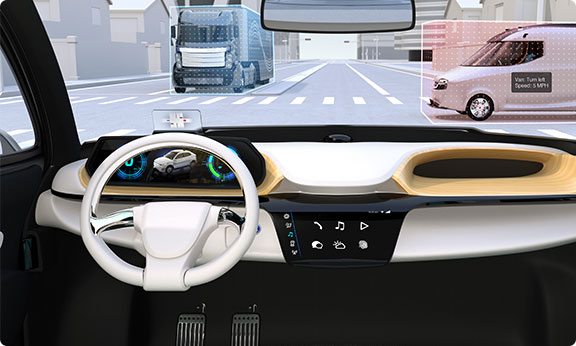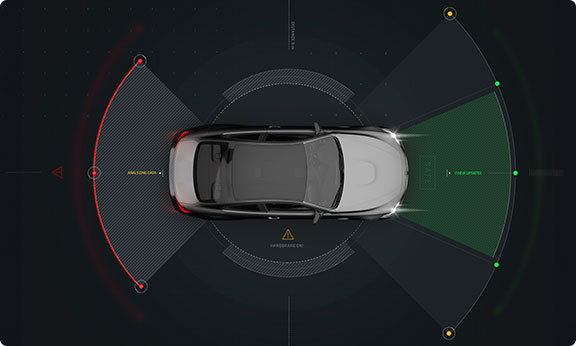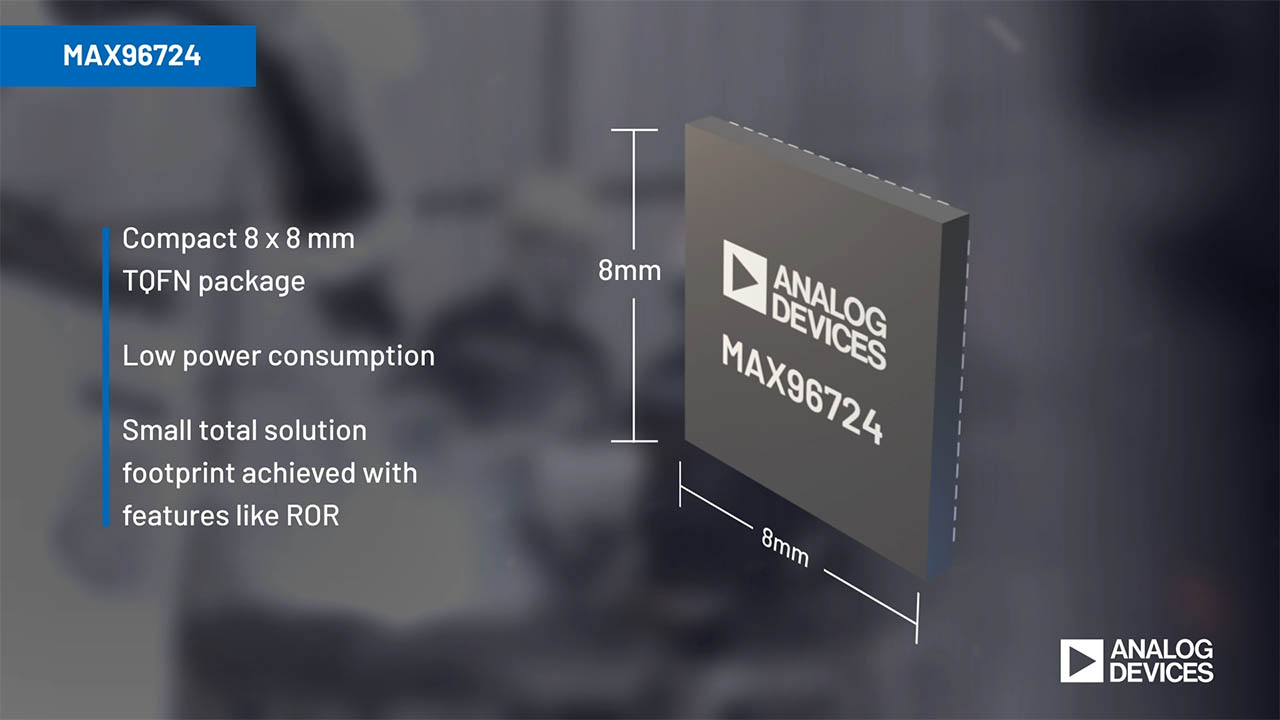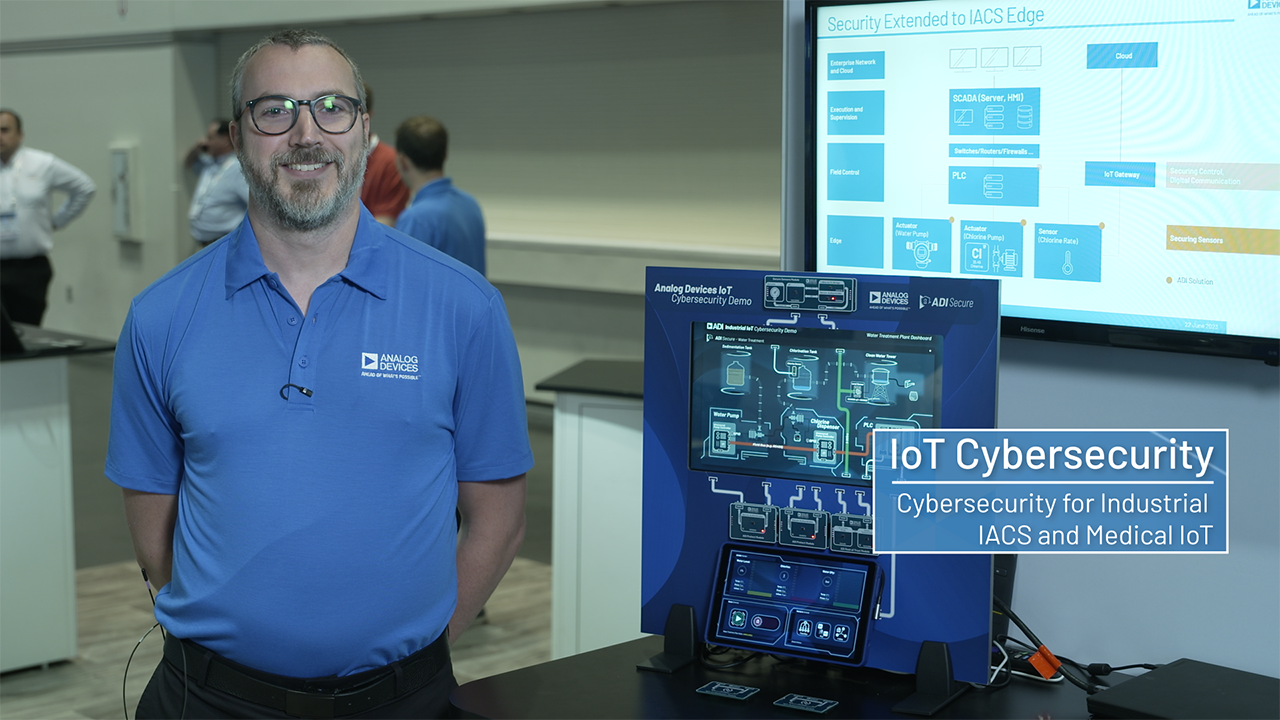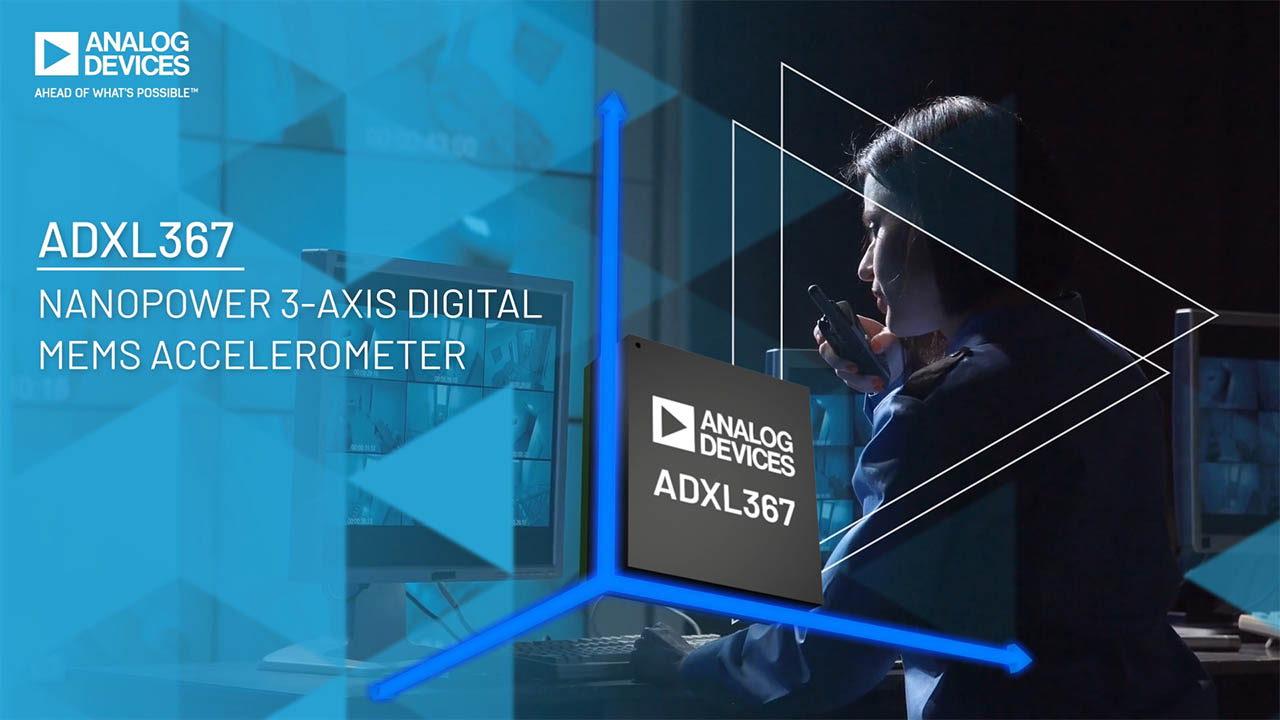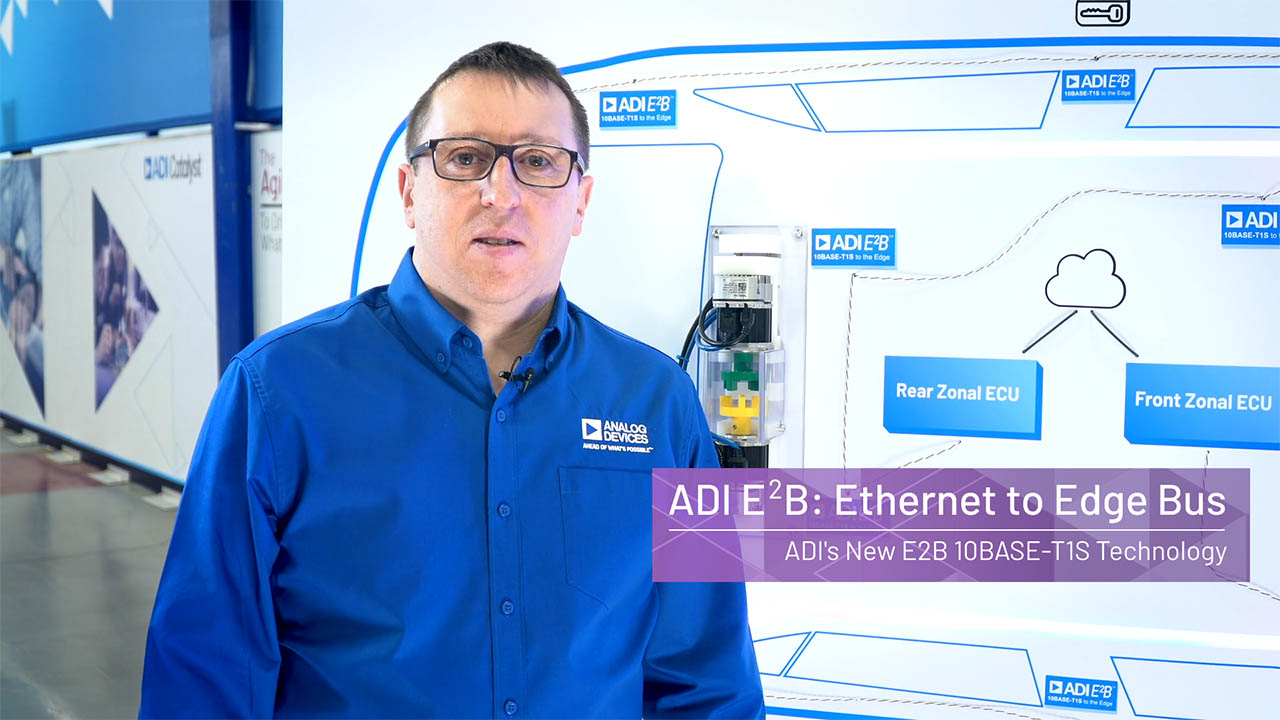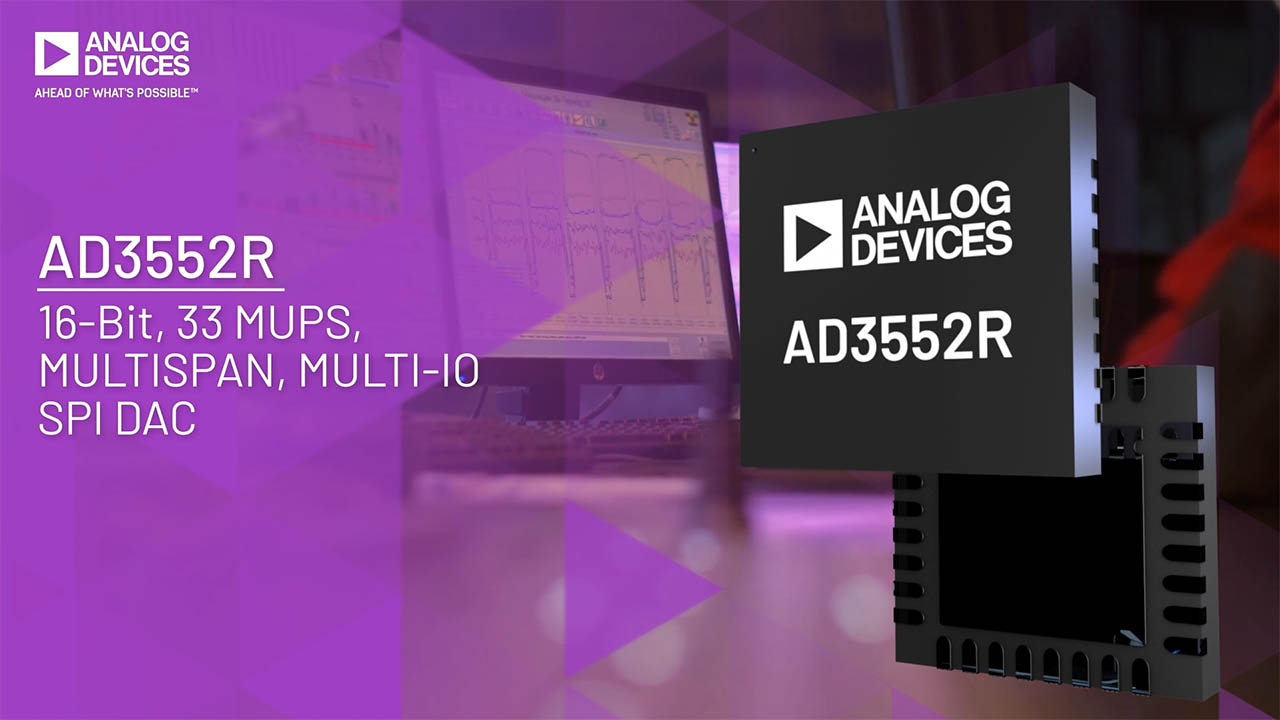
Advanced Driver Assistance Systems (ADAS) and Safety Solutions
Analog Devices’ innovations for ADAS solutions are aimed at enabling efficient and precise operations, reducing design complexity, and accelerating your time to market. We deliver precision sensing, intelligent power management, and high-speed connectivity, which are supportive of sensor fusion and processing from camera, radar, and LIDAR systems.
Explore Applications in Advanced Driver Assistance Systems (ADAS) and Safety Solutions
Achieve faster Time to Market with Our Next-Gen ADAS Solutions
 Our ADAS solutions, including precision sensing, intelligent power management, high-speed connectivity, and data integrity ensure easy and comprehensive design with faster time to market.
Our ADAS solutions, including precision sensing, intelligent power management, high-speed connectivity, and data integrity ensure easy and comprehensive design with faster time to market.
ADAS capabilities are enabled by a plethora of sensors deployed across the car which are networked to I/O modules, actuators, and controllers throughout the automobile. These additional intelligence, networking, and controls are enabled by advances in sensing, connectivity, processing, and cloud computing that crystallize in the ECU. Advanced vehicles require close to a hundred ECUs, each taking power from the car battery with the intermediation of on-board converters. Each ECU is dedicated to a specific function and incorporates power regulation, a processing unit (MCU), and the means to receive data from sensors, drive actuators, and display information.
There is a growing need for evolving ADAS solutions to combine efficient power management in smaller footprints as well as high-speed links, complex interconnects, and data integrity. We consider power management capabilities early in the system design effort and work closely with our customers to deliver high-efficiency, low-noise automotive power solutions that minimize external components while the connectivity enabled by our Gigabit Multimedia Serial Link™ (GMSL) technology enables flexible ADAS architectures with a high bandwidth and scalable safety ready portfolio. We look at the complete system to reduce your design complexity, size, and time to market while offering various levels of ASIL capability to satisfy heightened levels of safety requirements.
Key applications include:
- Camera systems
- Emergency vehicle detection systems
- Radar and LIDAR systems
- Electric vehicle warning sound systems (EVWSS)
- Driver monitoring systems (DMS)
- ADAS and safety ECUs
Thought Leadership
Files and Downloads

Silent Switcher Technology
1.74 M

AN-204: Applications of the SMP04 and the SMP08/18 Quad and Octal Sample-and-Hold Amplifiers
945 kB

EE-444: Guidelines For Optimal Use Of eMSI on ADSP-SC598 SHARC+ Processor Family
731.39 K

Understanding Silent Switcher Technology: High Efficiency, Low EMI eBook
7.75 M

MAXREFDES1093: Miniature, 5V/1A, Synchronous, No-Opto Flyback DC-DC Converter with 92% Efficiency Using MAX17690 and MAX17606
643.26 K

ADDI9036: CCD TOF Signal Processor with Programmable Timing and V-Driver Data Sheet
94.91 K
{{modalTitle}}
{{modalDescription}}
{{dropdownTitle}}
- {{defaultSelectedText}} {{#each projectNames}}
- {{name}} {{/each}} {{#if newProjectText}}
-
{{newProjectText}}
{{/if}}
{{newProjectTitle}}
{{projectNameErrorText}}

